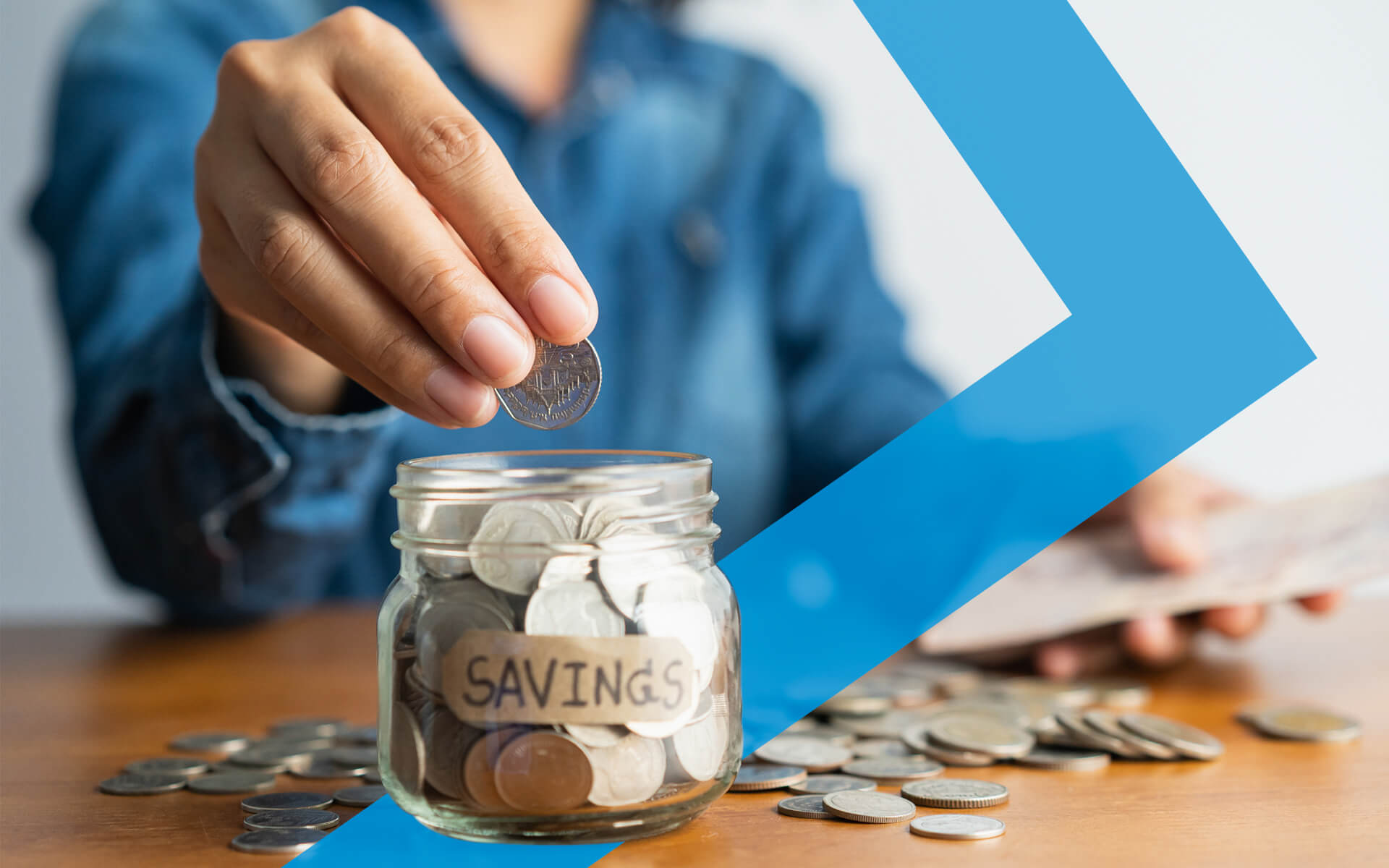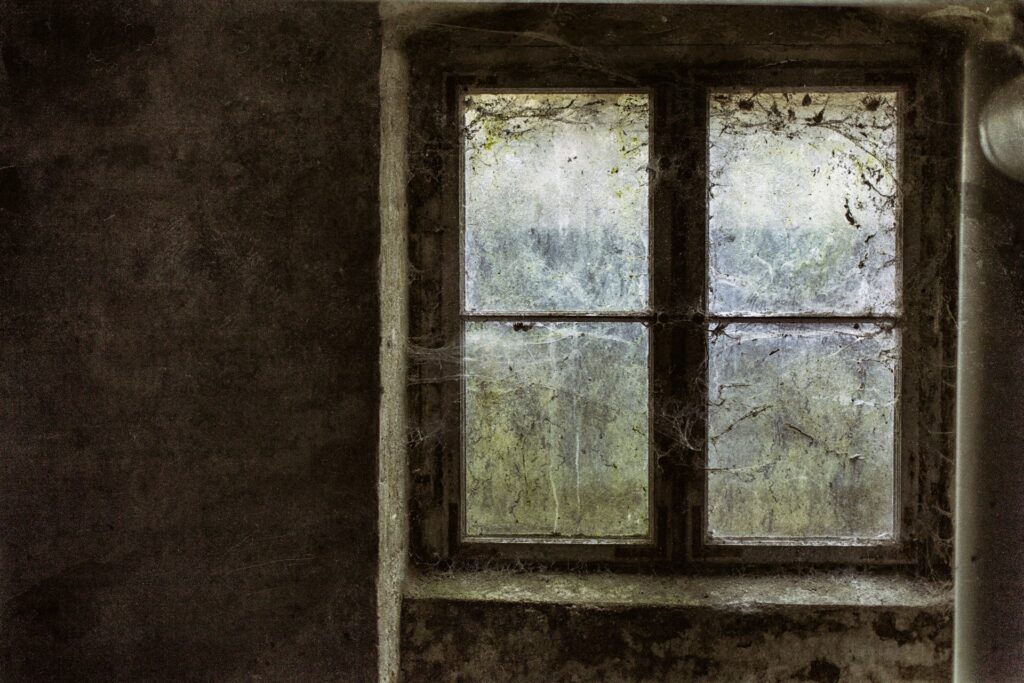
We are reader-supported. When you buy through links on our site, we may earn an affiliate commission.
Are you ready for the long and sometimes rocky road to homeownership? It’s true that you may not need to save a 20% down payment, as tradition suggests. This is especially true if you’re taking advantage of home loan programs like the FHA loan.
However, the Consumer Financial Protection Bureau warns that saving this much, if possible, ideal for homeowners who want to score the best possible rates. A 20% down payment allows you to avoid those bothersome interest rates and private mortgage insurance fees.
If this is your goal, some serious planning is required. How do you start saving, and how soon can you expect to meet your financial goals?
1. Evaluate Your Finances
Before you start brainstorming plans, you should have low debt and a substantial emergency fund. You can still save for a down payment if you have debt, but eliminating a chunk of it frees up capital for your future house.
You’ll be splitting your income several ways if you owe numerous debts — keep this in mind. Start improving your credit with regular credit card payments if it’s not where you want it to be.
Now is the time to outline a budget if you don’t already have one. You can see exactly how much money is going toward regular expenses like utilities, food and transportation.
Once you have a clear picture of your financial profile, you can figure out how much you need to save.
2. Set a Target
Set a target savings amount. How much will a 20% down payment be for the house you want? How much will you put away each month, and what actions will you take to meet this number?
Base your target amount on affordable neighborhoods in your area if you need time to build your income. Shooting for a realistic home price takes less time and will encourage you to keep saving.
If the median house cost in your chosen area is $152,000, 20% of this will be $30,400. This amount is how much you ultimately need to save, although your monthly installments will vary depending on how many years it takes.
Your housing costs generally shouldn’t exceed 28% of your monthly income. If you earn $60,000 annually, give no more than $1,400 a month toward the down payment.
3. Create a Savings Account
Establish an account for the money you’re putting toward your down payment. You may find it beneficial to create a new account separate from all the others. You’ll feel less tempted to dip into your funds and use them for non-essentials.
A regular savings account or even a certificate of deposit are safe, risk-free avenues to invest your money in. Do your research before opening an account. Sites like NerdWallet evaluate terms and interest rates, supplying information about the accounts that might work best for you.
Be careful with your savings. You may want to avoid high-risk investments like stocks and trusts. It’s easier to lose money from using these methods — something you want to avoid when saving for a major purchase.
4. Calculate the Time You Need
Calculate how much time it will take you to save a 20 percent down payment.
A monthly installment of $1,400 for two years will accumulate $33,600, which is more than enough for that $152,000 house.
However, you may decide to do more or less depending on what your finances look like. Putting $700 in your savings account monthly will push you to your goal in four years. Any less than this stretches it out farther.
Establish your timeframe on your terms — it depends entirely on when you want to dive in and buy a home. And don’t be discouraged if you need to adjust your monthly amount numerous times. Financial surprises come up. It’s a part of life, and you can power through it with patience.
5. Cut Back on Luxury Expenses
Yes, it’s hard to let go of your weekly frozen yogurt trips, but you’ll need to reduce your spending in some areas to free up money for your down payment.
I’m the last person to tell young renters that avocado toast is holding them back, but you can look to make cuts without stripping your budget down completely. Consider categories where you can decrease spending without impacting your quality of life.
Buy your favorites in the grocery store but choose generic ingredients instead of name brand food. Make your frozen yogurt runs once a month instead of once a week. Cut the cord on your cable and pick a streaming service instead.
After you’ve secured the keys, you can kick back in your new home and start reinstating your longtime luxuries.
6. Automate Your Savings
Do you trust yourself to have money left over at the end of the month?Consider creating an automated savings plan if you know you’re not great at keeping up with money.
A portion of your income will hit your account without you needing to make a manual deposit. Implementing automatic deposits takes away the temptation to spend the funds on other things.
Many people prefer to spend money right away instead of squirreling it away, but a savings account helps build your available funds. You’ll feel more confident about investing in a down payment by keeping the process automated and out-of-sight.
How to Save a 20 Percent Down Payment
These suggestions will help you along your journey to saving for your first down payment. Keep an optimistic mind, track your progress and follow your budget — the months will fly by before you know it.
With a little discipline and a clear goal, you can set a plan for how to save a 20 percent down payment and achieve homeownership on your own schedule.










